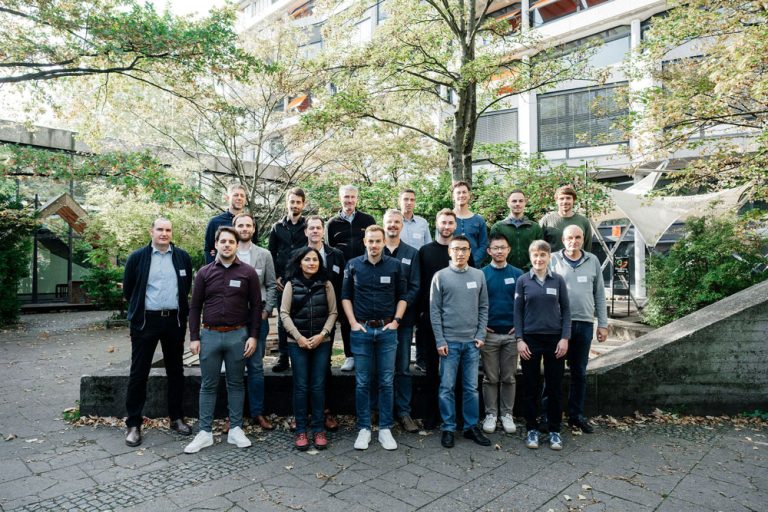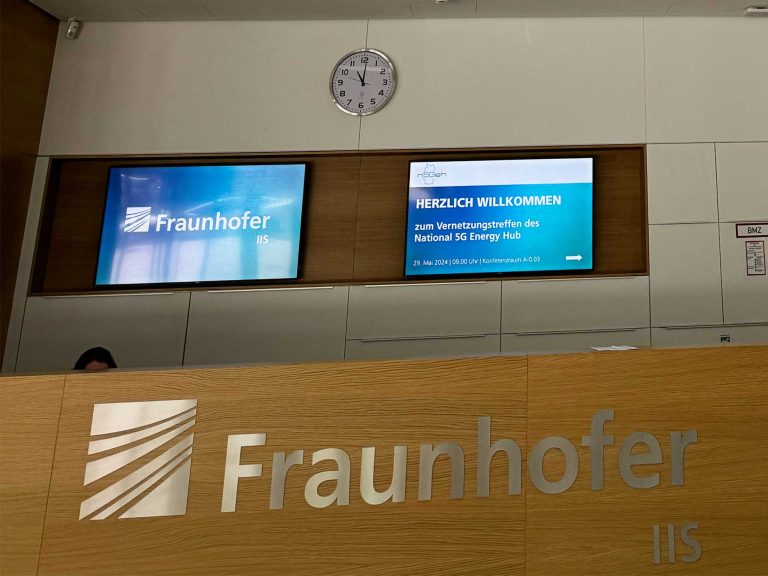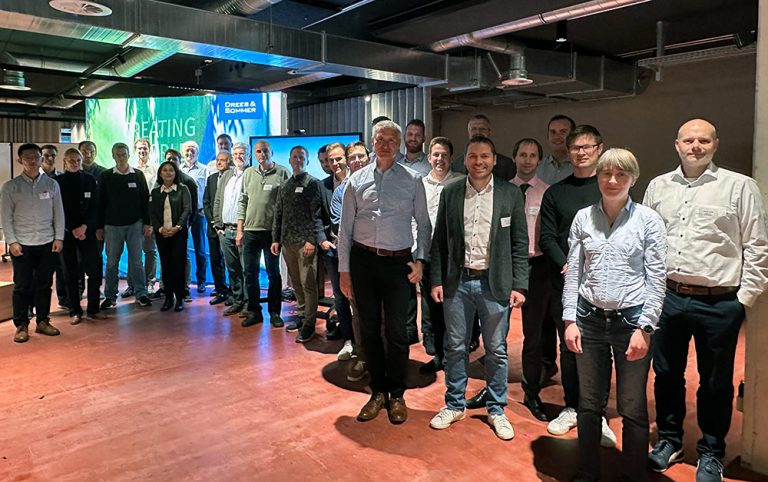Goal: recovery, project management
Description of work content and effort of the work steps
- Open workshop with potential users of the AS;
In the open workshop, companies located in the TIP, but also other companies, are to participate. The aim of the workshop is for project participants and companies to exchange views on the use cases and the respective requirements, and to identify analogies, synergies, further requirement aspects and applications. In particular, future requirements and the marketability of the products are to be discussed by the companies. In addition, companies are to be involved with which the solutions created could be further developed, e.g. companies that deal with predictive maintenance. WLH will organize the workshop and communicate it externally in order to achieve a multiplier and dissemination effect. - Publications in scientific journals and presentations at professional conferences: Papers are published in relevant scientific national and international journals and the trade press. The results are presented at international conferences and workshops.
- Development of a concept for commercial exploitation; establishment of a project advisory board; presentation of the demonstrator at events of potential users (e.g. trade fairs)
A concept will be developed that deals with the economic exploitation of the project results, e.g. how marketability can be ensured, what possible cooperations and business models can look like. A project advisory board is to be established within the project. The advisory board will discuss the developments especially with regard to the future usability. The idea here is to let the project advisory board grow gradually, according to the progress of the project, or to make it somewhat more flexible. Here, it is also possible to draw on the WLH network, so that players from companies in a wide range of sectors or the project team can also provide advice. Incentives for participation in the project advisory board are to be developed here. The demonstrator to be developed in the project is to be presented at trade fairs, for example at the Smart Convention Berlin. - Project management (IMS): A project management system is set up to ensure the targeted initiation, planning, control, monitoring and completion of the project. The project coordinator ensures that the individual work packages are developed in a coordinated manner, ensures that the project is completed on time, and schedules the necessary project meetings and workshops. The coordinator is supported in all activities by those responsible for the results of the work packages. The progress of the project is continuously monitored and adjusted if necessary, thus ensuring that the milestones are reached. The project coordination ensures reporting and communication with the funding body as well as external presentation.
Outcomes and risks; milestones with termination criteria.
- Requirements for concepts for the transfer of results into application
- National and international visibility of the project's results
- Concepts for transfer for commercial exploitation of project results; visibility to potential users.
- Project progress in line with planning
Risks/Consequences
The planned individual as well as the entire assistance systems and resulting applications have already been brought to market by competitors in a similar way. In this case, the orientation of the planned services and applications is adapted to the market requirements and focused on the then existing market gaps. In this case, the market is monitored throughout the course of the project in order to be able to react and adapt at an early stage.
Individual project partners could fall behind with their work during the project term or leave the consortium altogether. In the first case, the coordinating partner will insist on the adherence to the planning in terms of time and content. In case of a withdrawal of a consortium partner, the work will be taken over by the other partners on a case-by-case basis or new partners will be sought as replacements. Otherwise, depending on the importance for the overall project, partial aspects must be abandoned or the project terminated.




